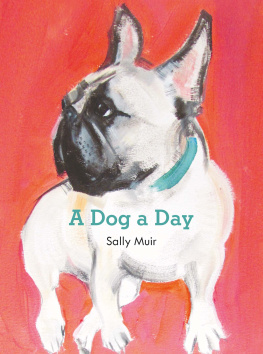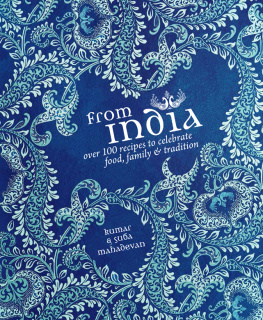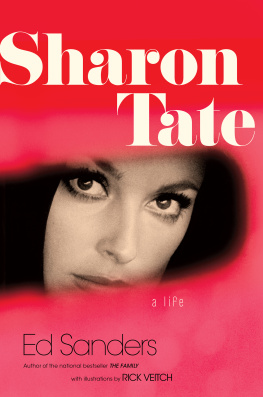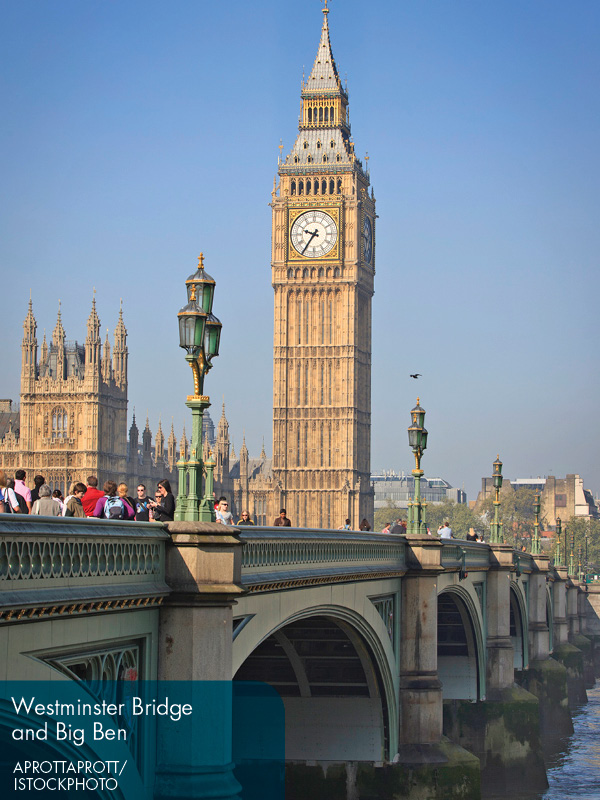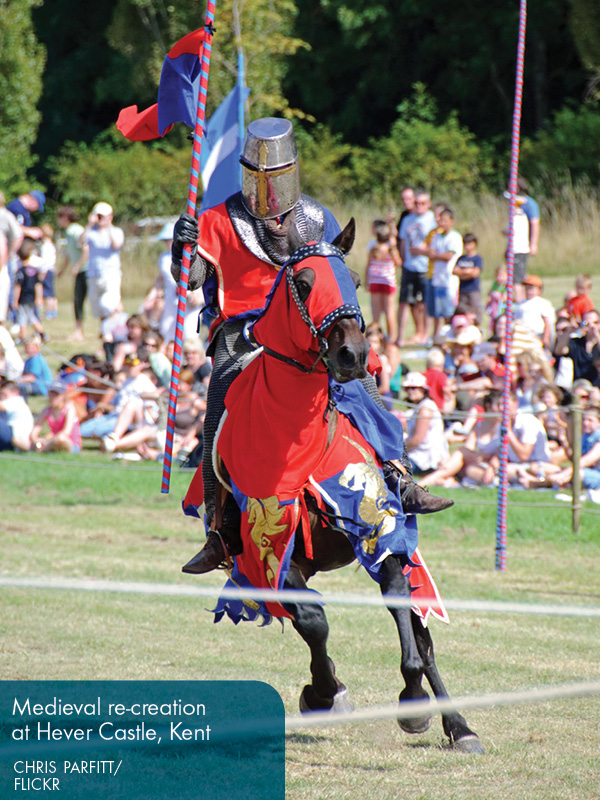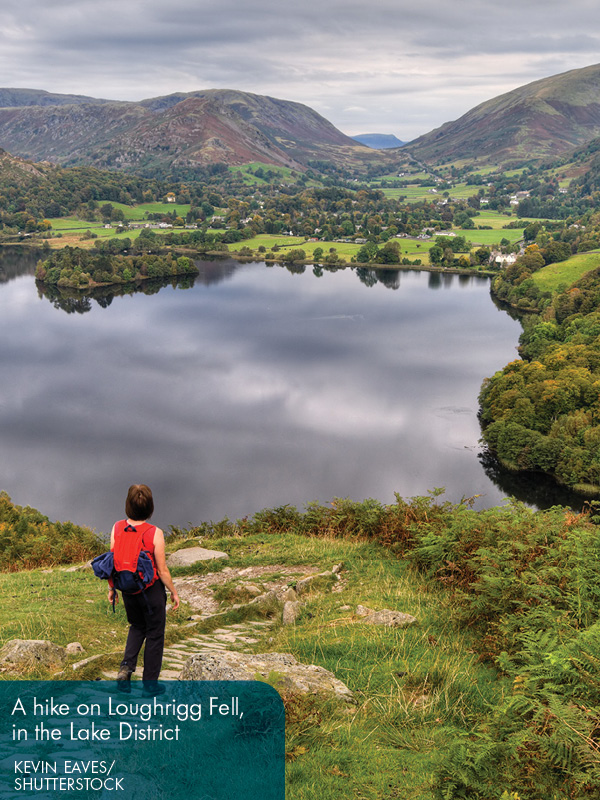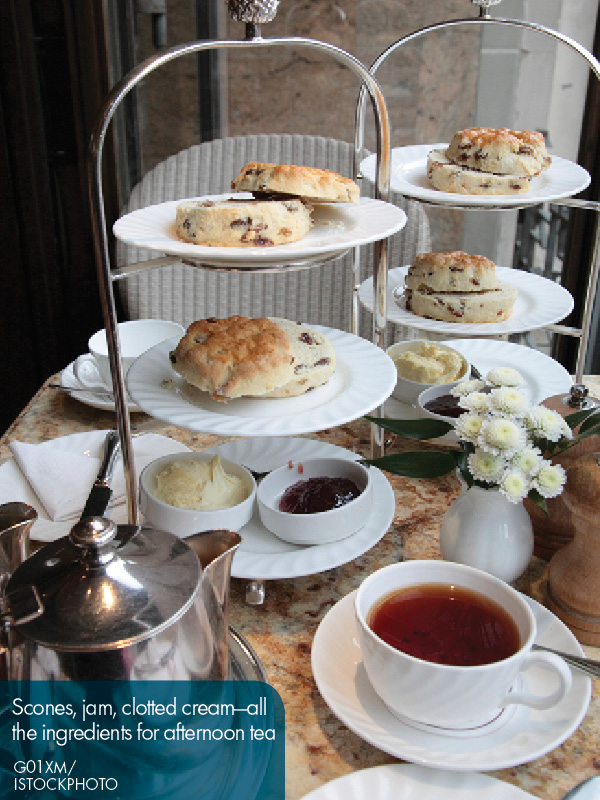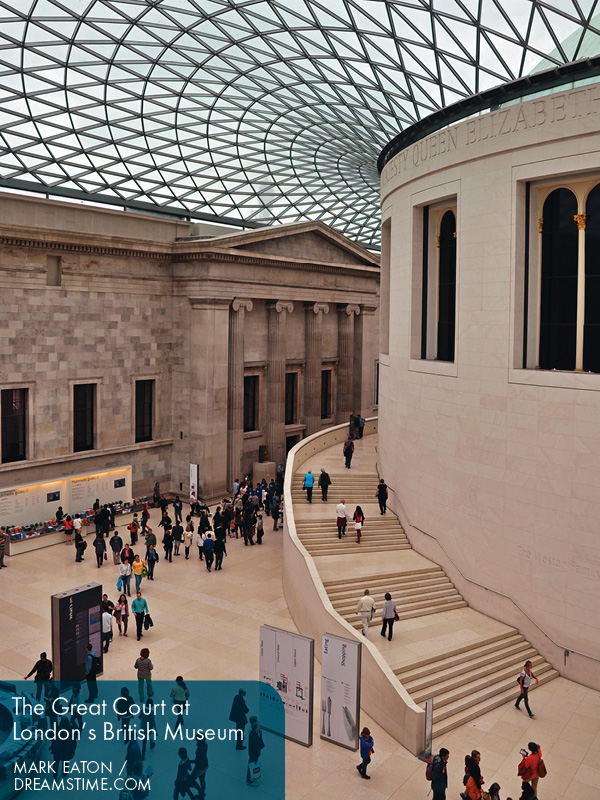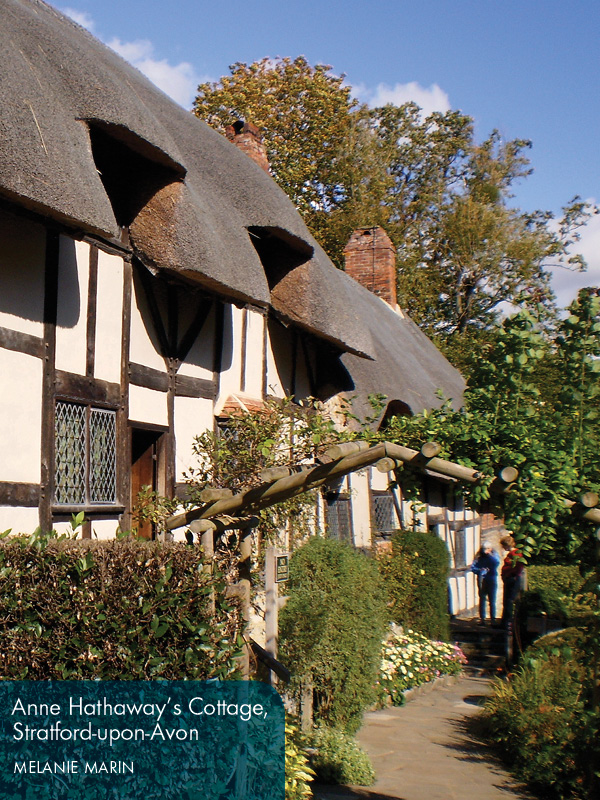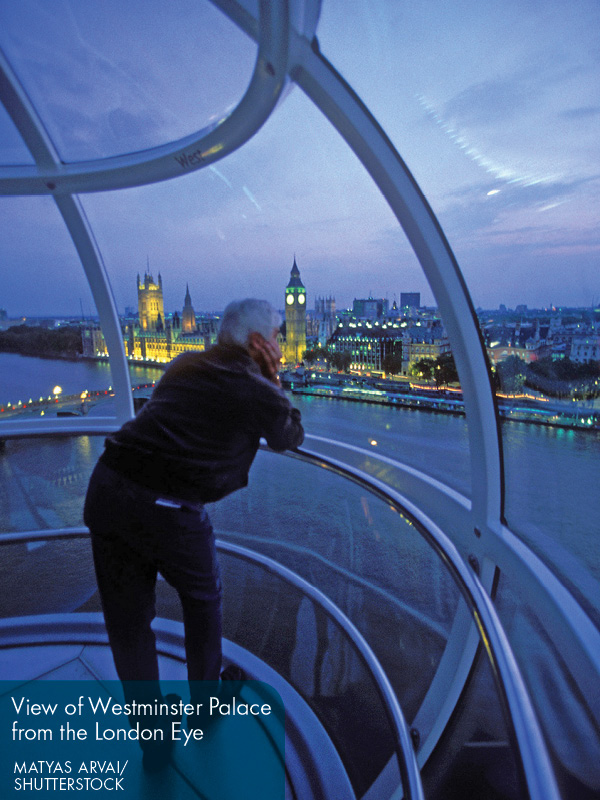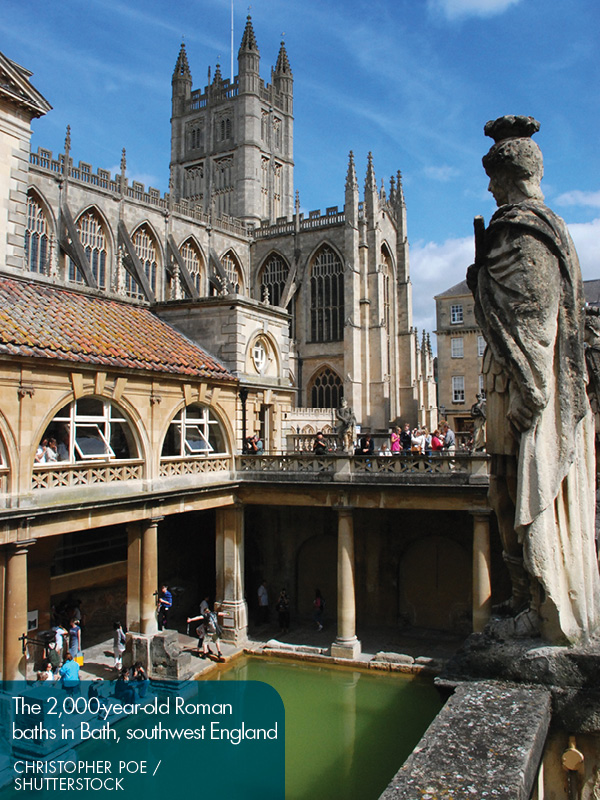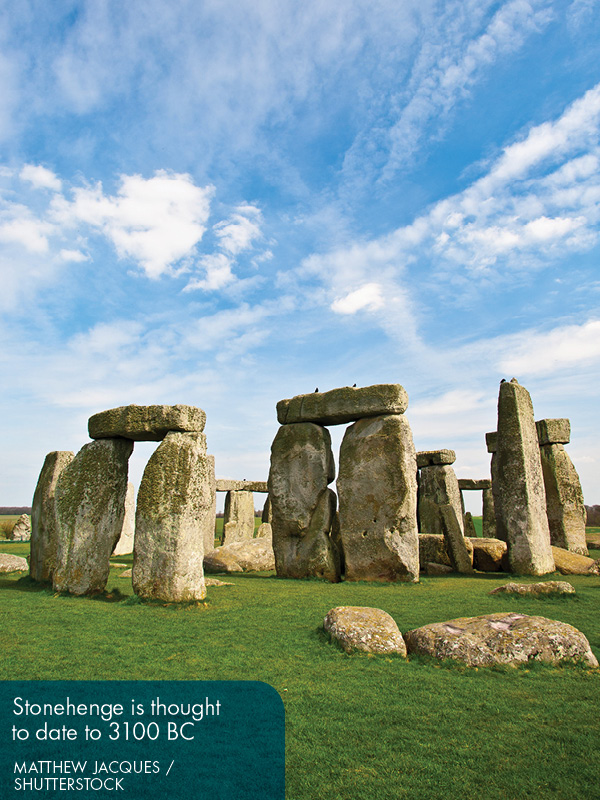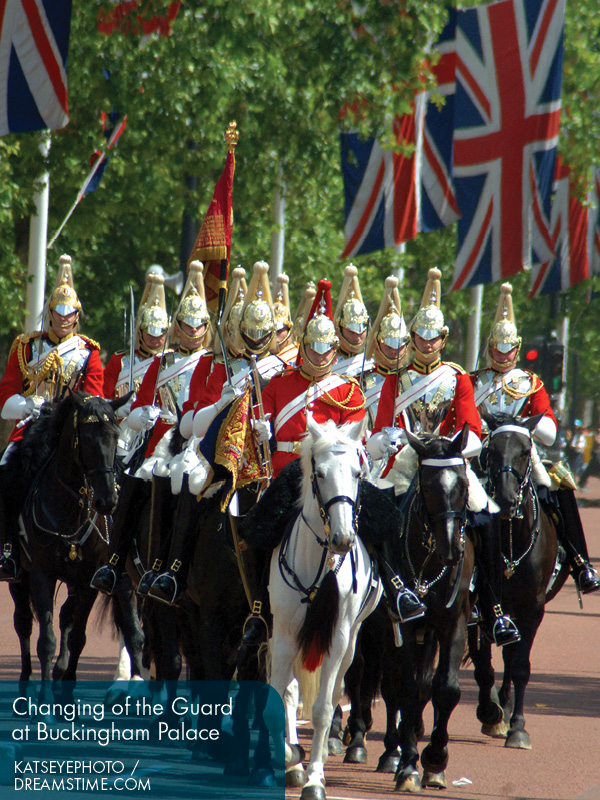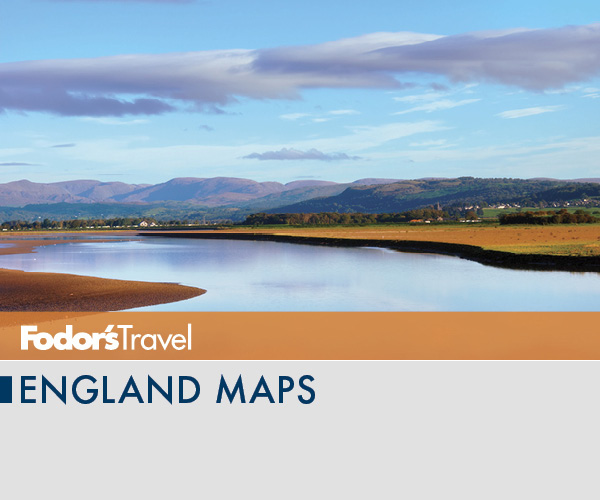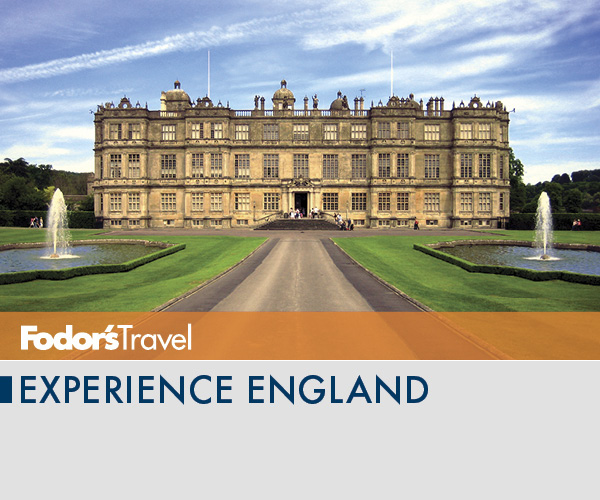England is the biggest region in the United Kingdom (or U.K.), the nation that also includes Scotland, Wales, Northern Ireland, and the Channel Islands (Guernsey and Jersey). England, Scotland, and Wales form what is referred to as Great Britain (or just Britain). Despite being given the opportunity in a 2014 referendum to be independent, Scottish voters chose to remain part of the U.K. Its worth noting that, while England, Scotland, and Wales are all part of Britain and the U.K., Wales and Scotland arent part of England, and vice versa. Get that one wrong at your perilyou havent seen angry until youve seen a Welshman referred to as English.
Although its about the size of Louisiana, England has a population 12 times as large: 54 million people find space to live on its green rolling hills and in its shallow valleys and crowded cities.
Politics
Contrary to insider expectations and many opinion polls, the Conservative Party, led by prime minister David Cameron, won the general election on May 7, 2015 by a majority of 16 seats, giving the Party government control for the next five years. Both the Liberal Democrats, who had been in coalition with the Conservatives since 2010, and the Labour Party suffered major defeats. The most surprising result however was the landslide victory of the Scottish National Party, led by Nicola Sturgeon, which gained 56 out of 59 seats in Scotland. Despite growing support for the UKIP (UK Independence Party), it only managed to win one single seat. David Cameron has promised to govern as a party of one nation, but faces challenges not only from the SNP, but from increasing immigration numbers and the referendum on the U.K.s membership in the European Union, scheduled to take place by the end of 2017.
The Royal Family
How things have changed for the Windsor family. Essentially a figurehead monarchy but with a symbolic political role, the Royal Family has teetered on the brink of obsolescence. After the death of Princess Diana in 1997 and the royal scandals and divorces that littered the late 20th century, the idea of ending the monarchys political roleand its government subsidywas discussed publicly. Maintaining the Royal Family costs taxpayers almost 38 million (more than $55 million) each year, and that amount was increasingly difficult to justify as the popularity of the familyaside from the beloved Queenplummeted.
Its not surprising, then, that some in the media maintain that when Prince William married the appealing Catherine Middleton, he saved the monarchy. The young couples popularity is enormous, particularly after the birth of their son, George, Prince of Cambridge, and their daughter, Charlotte, Princess of Cambridge, so much so that, together with Prince Harry, they have formed a company to prevent the misuse of their image. The Queen, who will celebrate her 90th birthday in 2016 and has no thoughts of retiring, is scaling down her public engagements, gradually transferring them to her son, Prince Charles, his wife the Duchess of Cornwall (who steadily rises higher in the publics esteem), and other members of the Royal Family.
Fashion
Known for their quirky, creative, and bold style, British fashion designers have been influential on the global stage for decades. Whether its from top-of-the-line companies like Burberry and Mulberry or from individual designers such as Paul Smith, Stella McCartney, Victoria Beckham, and the late Alexander McQueen, clothes made by British designers are sought after. London Fashion Week takes place twice a year, taking an estimated 100 million each season.
Catherine, the Duchess of Cambridge, still holds sway as chief ambassador for British fashion. The Kate effect, first fired by her wedding dress, has not diminished, nor has constant analysis of her attire. Even the Queen takes note; Kate was reportedly advised by her grandmother-in-law to adopt lower hemlines for her 2014 tour of Australia and New Zealand. She mixes high fashion with moderately priced high-street clothing, causing such chains as Reiss, LK Bennett, Hobbs, Zara, and Whistles to sell out the moment she dons their garments, and keeps designers such as Jenny Packham, Alice Temperley, and Jimmy Choo in the spotlight.
Housing and Development
As one of the most crowded countries in Europe and faced with an ever-expanding population, England has a growing housing crisis on its hands. The governments call for the building of 200,000 houses a year, along with its relaxation in planning policies, has caused contention. Building developers now find it much easier to place housing in the countryside that surrounds rural towns and villages, often referred to as the green belt. This has caused opposition from organizations such as the National Trust, the Campaign to Protect Rural England (CPRE), and Country Life magazine as well as local residents. The argument is that enough land in cities and postindustrial areas has already been granted planning permission and that these brown field sites are enough to meet housing demands. Even archaeological monuments have not been immune: in February 2015, hundreds took part in a Hillfort Hug, which successfully stopped a housing development bordering a Shropshire Iron Age fort.




